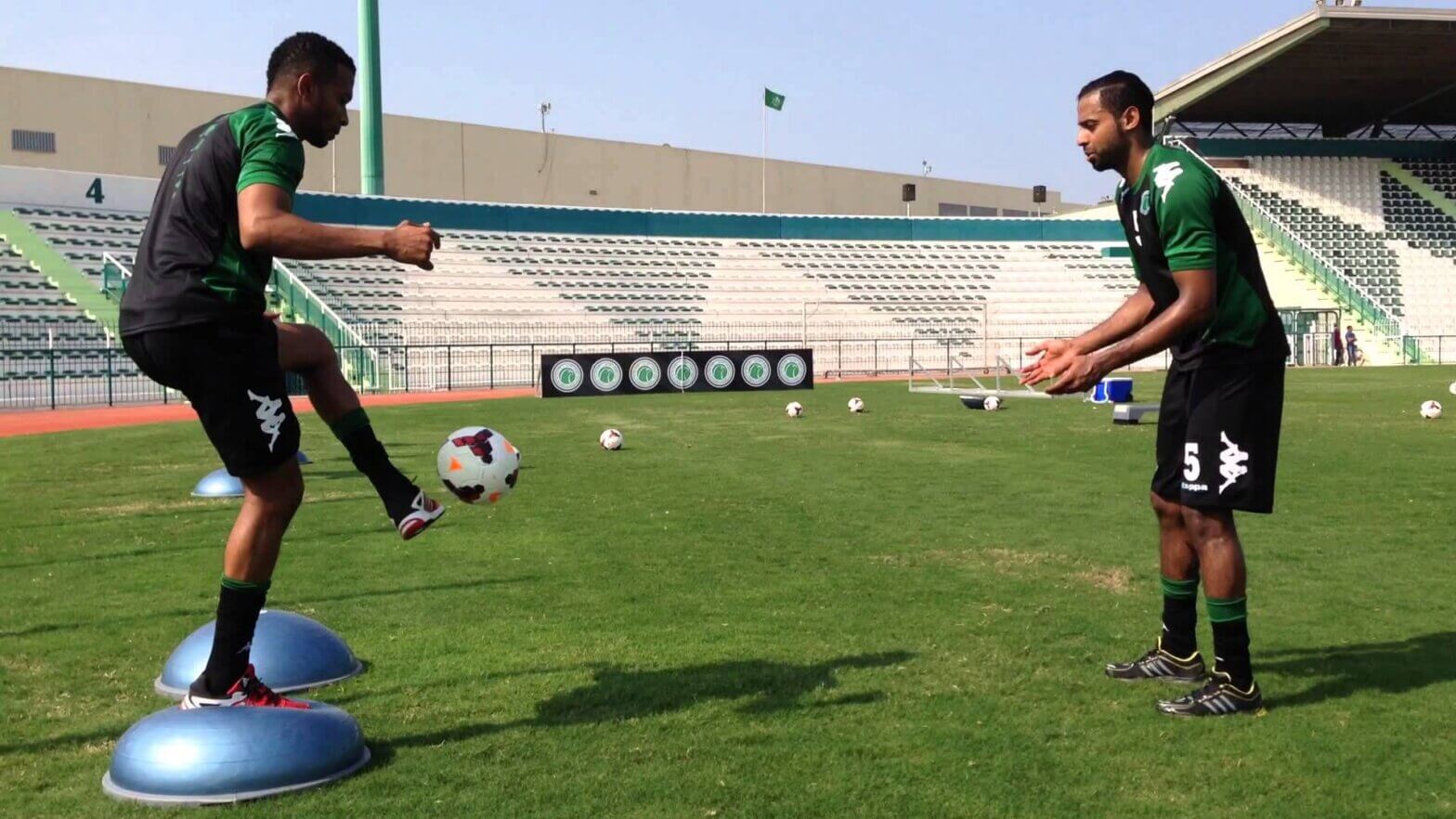Osteoarthritis (OA) happens to most people as a result of the aging process. It can happen from wear and tear on the joint, a history of injuries to a joint, and overall degeneration of the articular cartilage that lines the joining surfaces of bone in a joint. It commonly occurs in those over 50 years old and often will occur in weight-bearing joints. Osteoarthritis of the hip can cause morning stiffness, significant pain in the groin region, and can limit a person’s ability to walk, perform transfers, and ascend or descend stairs.
Treatment for Hip Osteoarthritis
The goal for treatment of hip osteoarthritis is generally to restore mobility and improve strength around the joint. Improving mobility of the hip can be done using manual therapy techniques to create space in the joint and reduce limitations originating from the joint capsule. Additionally, various flexibility exercises can be performed to lengthen muscles around the joint. Muscle tightness can contribute to compression of the hip joint which will put more stress through the painful structures and can lead to increased overall stiffness.
Building strength around the hip is crucial in improving symptoms and restoring functionality. Strengthening programs are specific to an individual’s deficits but often involve a combination of adductor, abductor, gluteal, and hip flexor strengthening. Improving strength helps to better support the joint with activity and can make things like stair negotiation, getting in and out of a car, and overall walking more tolerable.
Surgical Intervention for Hip Osteoarthritis
With arthritis, the disease progression can be managed through physical therapy but the damage to the structures within the joint cannot be corrected without surgery. It is common that osteoarthritis will be managed for some time through conservative measures until it reaches a point of severity at which the appropriate intervention is a total joint replacement.
After having a total hip replacement, there are certain precautions that must be adhered to in order to limit damage to the new hip structures. These can vary depending on the type of procedure that has been performed. Regardless, it is important to attend regular physical therapy treatment for several months to ensure mobility, strength, and function have been restored. The length of physical therapy required can vary based on factors such as prior level of function, age, the type of procedure, and complicating factors such as infection, among others. Many are able to achieve significant relief after undergoing this process and can return to many of their activities that were previously challenging.
Osteoarthritis will impact most of us in one way or another. Physical therapy is a great tool that can address specific limitations and maximize function to delay the need for a total joint replacement. If you experience hip or other joint pain; physical therapy can help. Call Respire Physical Therapy today at 703-671-1871 or click here to schedule an evaluation with a Physical Therapist today to improve your function and overall quality of life!
Tags: hip replacement, Physical Therapy, ptworks, Respire Physical Therapy, painfreeliving, physical therapist, movementfreedom, hip arthritis, pt education, hip osteoarthritis, choosept, arlingtonva, alexandriava, fallschurchva, Hip Pain Relief



